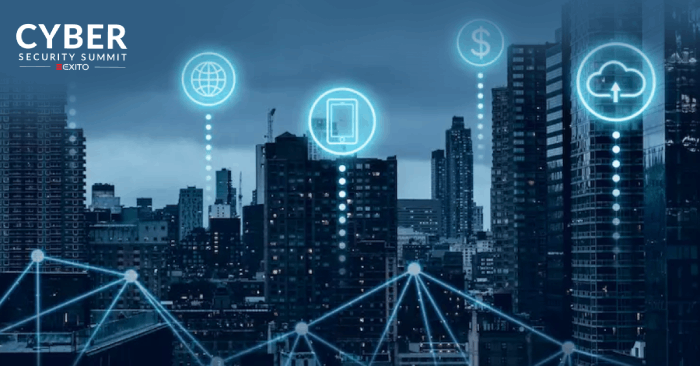Introduction
Cyber Security is evolving quickly with an increase in the number of cybercrimes. Companies struggle to keep their critical data safe since cyber security threats is one of the world’s most pervasive security risks today. Phishing, Ransomware, DDoS attacks and Cloud computing vulnerabilities are the most common cyber threats that large businesses face today in Australia. Criminals preying on people with Cyber Extortion, Ransomware, and Cyber Blackmail take advantage of the unknowns of the internet, which means they often make claims of having your company secret data or your search history, in order to trick you into paying them money.
Here are the Top 5 Cyber Security Trends for businesses in Australia
1. Evolution of Internet of Things(IoT)
The expansion of IoT is creating more cyber crime opportunities. Besides, experts have estimated around 64 billion IoT devices worldwide by 2026. Most IoT devices have lesser storage capabilities, making it hard to employ antivirus, firewalls, and other related security applications. As a result, IoT attacks have been appearing all over the world. For example, during the year 2020-21, Australians faced a complex cyber threat environment, where ransomware cases increased to nearly 160 percent.
The continuous rise of such evolution has being quickly adopted by various businesses, and has been foremost in building automated security systems, automatic threat detection and related techniques. Hackers are also taking full advantage of it for automating their attacks using techniques like model stealing.
2. Cyber extortion on the rise of ransomware :
Cyber Extortion is becoming an increasingly popular form of cybercrime. They have been around for a long time, but the methods and means are becoming more sophisticated, legit and confusing. Raise in ransomware, although ransomware is not new but a growing cyber threat around the world. Ransomware besides cyber extortion and cyber blackmail are the most common forms of cyber crime and perhaps can cost a lot more than the initial payment. According to the Australian Cyber Security Centre (ACSC), Ransomware made history in cyberattacks, contributing to the first reported death in 2020. In 2022, the rise of Bring Your Own Device (BYOD) and IoT devices will cause more cyber security issues.
3. Cloudsecuritychallenges :
Companies across the world are now facing a huge challenge to diversify in adoption of cloud services at a rapid pace. Over 70% of the enterprises that use cloud security as service have plans to increase their investment in cloud security technology. Cloud security is a challenge not because of the technology itself, but because of the way enterprises handle security concerns.
For businesses making the transition to the cloud, security is one of the biggest challenges. Security threats are constantly evolving and becoming more sophisticated, and cloud computing is no less at risk to its own environment. Misconfigured cloud settings are the major cause of data breaches, along with other dangerous cyber attacks. Hence, many businesses are investing in heavier password protection and other cyber security measures to keep that data from getting into the wrong hands.
4. NIST Cybersecurity Framework :
The NIST cybersecurity framework is a powerful tool to organize and improve your cybersecurity program. It is a set of guidelines and best practices to help organizations build and improve their cybersecurity posture. The framework puts forth a set of recommendations and standards that enable organizations to prepare better for identifying and detecting cyber-attacks, and also provides guidelines on how to respond, prevent, and recover from cyber incidents.
5. Incident Response and Forensics :
Digital forensics in automated sense refers to the application of science to identify, collect, examine and analyse data while preserving the integrity of information and maintaining a strict chain of custody for the data. Document evidence in digital forensics is a record of all visible data that must be created, which helps in recreating and reviewing it at times. Incident response is an organized approach to address and manage the aftermath of a security breach or cyberattack, which also requires specialized skills to ensure you are covered legally and digitally.
Conclusion
Cybersecurity is a serious issue not just for businesses and governments but for individuals too. There are so many threats out there now. Some of the biggest dangers include phishing, ransomware, and viruses. We hope that our blog post has been able to provide some helpful information on the top 5 cyber security trends in Australia. Thank you for reading!


